In the Ancient Valleys of Macedonia, a Pall of Air Pollution
Dragan Gjorgjev wears the weary smile of a man who lives and works at the fractious intersection of air pollution science and air pollution politics. Earlier in the week, the Macedonian Ministry of Health had announced a plan to subsidize and distribute roughly 50,000 air-filtering face masks to vulnerable citizens, and on this cold December morning three days later, Gjorgjev, a professor of medicine at Saints Cyril and Methodius University in the capital of Skopje and policy adviser to the health ministry, had been asked to brief political leadership — and the public — on the serious impacts of air pollution.
Generally speaking, the news for Macedonia is not good: According to Gjorgjev’s calculations, the deaths of roughly 2,000 Macedonians each year, most of them in Skopje, can be linked directly to a noxious mix of smoke arising from household fireplaces, exhaust from a vast fleet of loosely regulated vehicles, relentless emissions from coal-fired power plants, and a litany of smaller, often ad-hoc industries. In the winter months, when the winds slow and warm air high in the atmosphere presses colder, heavier air down into the Skopje valley, the haze settles over the city like a quilt — a persistent fog laced with the acrid scent of ash and chemistry.
Gjorgjev’s figures are conservative, and other estimates have put the death toll even higher. But whatever the precise metric, the Dickensian tableau has contributed to Macedonia’s reputation for having some of the worst annual average air pollution in Europe. The northwestern city of Tetovo has earned the top slot on some lists, though that distinction will likely fade following the closure — perhaps temporary — of the massively polluting Jugohrom Ferroalloys plant. Meanwhile, during the gray winters, Skopje’s air often ranks among the worst on the planet, and Gjorgjev knows that the masks are at best a half-measure.
“If we start to use the masks, then we lost the battle,” he says, noting that at times, government officials have asked him to downplay his numbers, or to otherwise soften his gloomy message. “It means there are no collective measures.”
Collective measures are elusive in this mountainous, land-locked region, despite years of recognition that air pollution was killing Macedonians — and despite emphatic promises by politicians that change was afoot. Indeed, after 11 years in power, the previous government was ousted in 2017 amid criticism of its environmental record. Its successors arrived with promises of green reform, and while some plans are in the works, the air pollution crisis continues, for the most part, unabated. Gjorgjev is among those who say that change cannot come overnight.
“I really see that this is not a problem of one government,” he says. “This is a problem coming from many decades. So, many governments did not cope with this problem properly.”
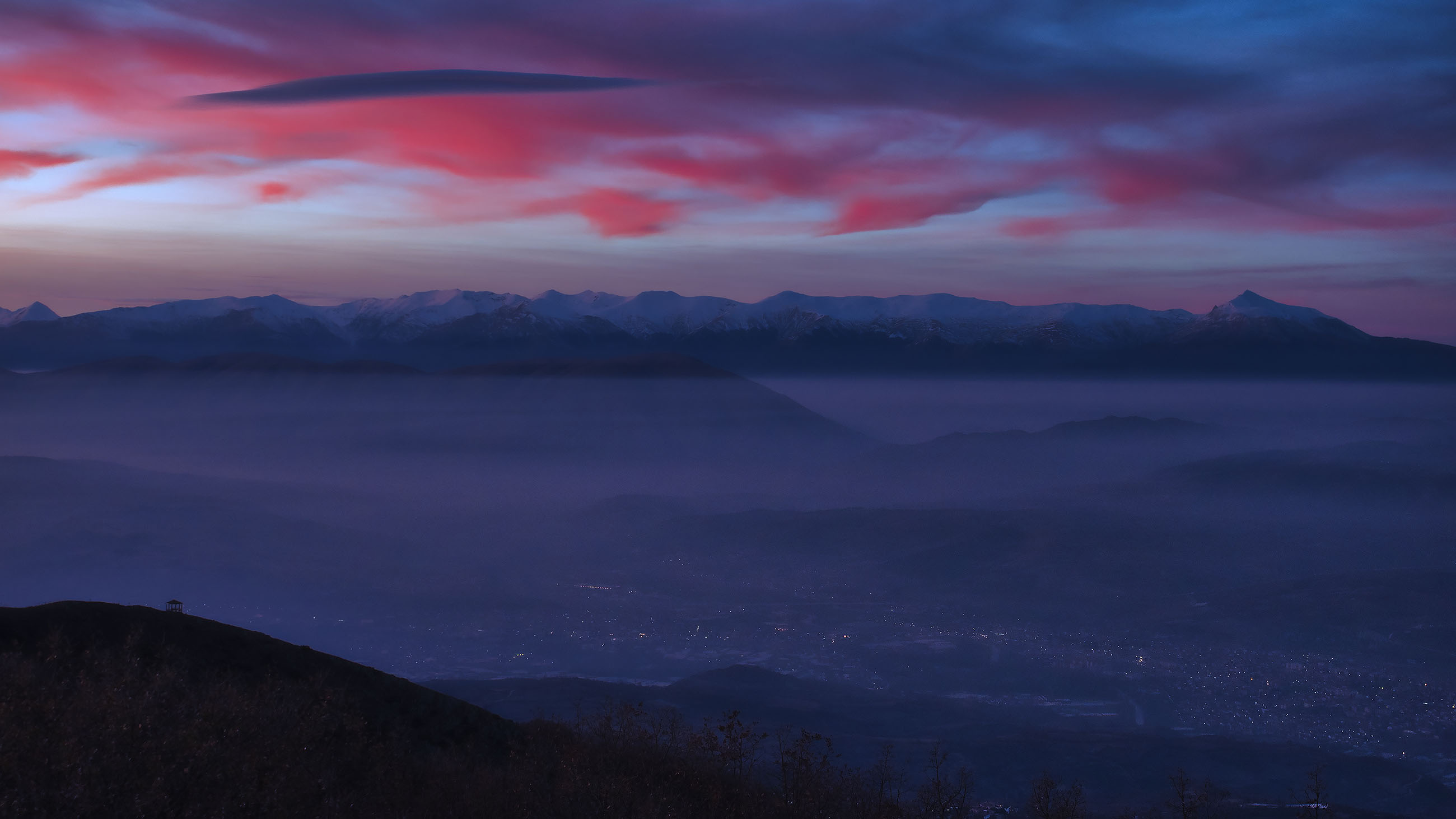
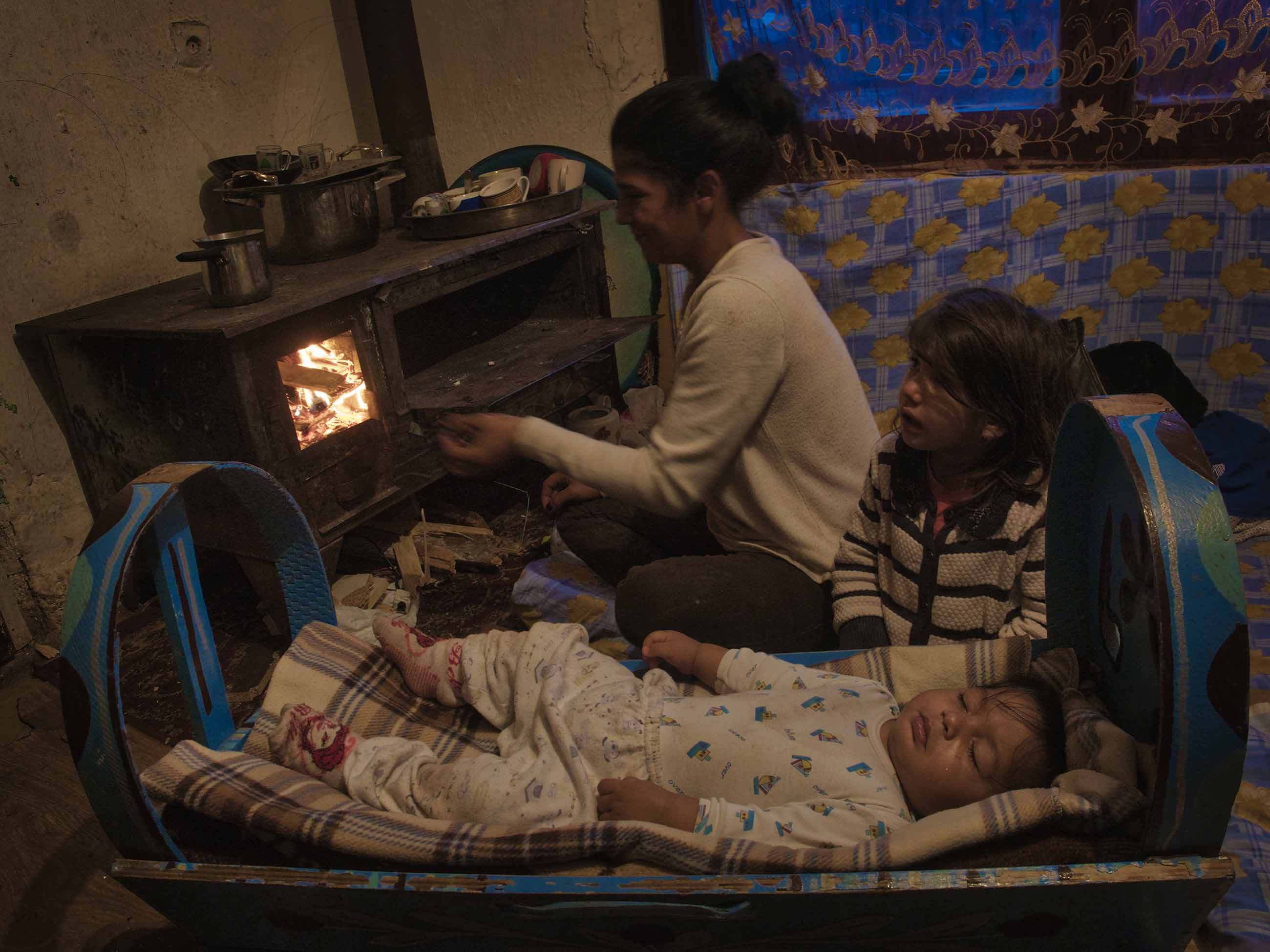
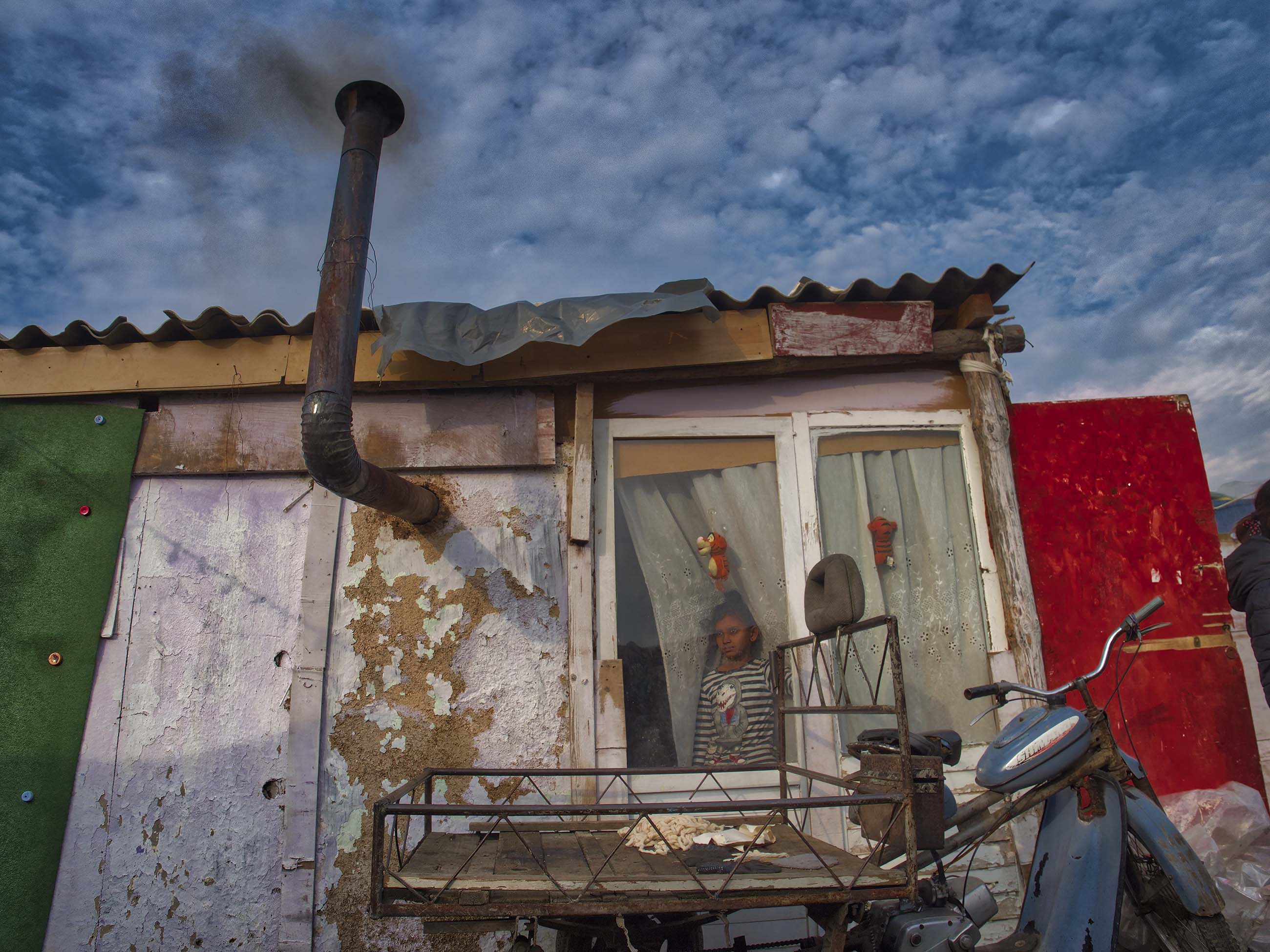
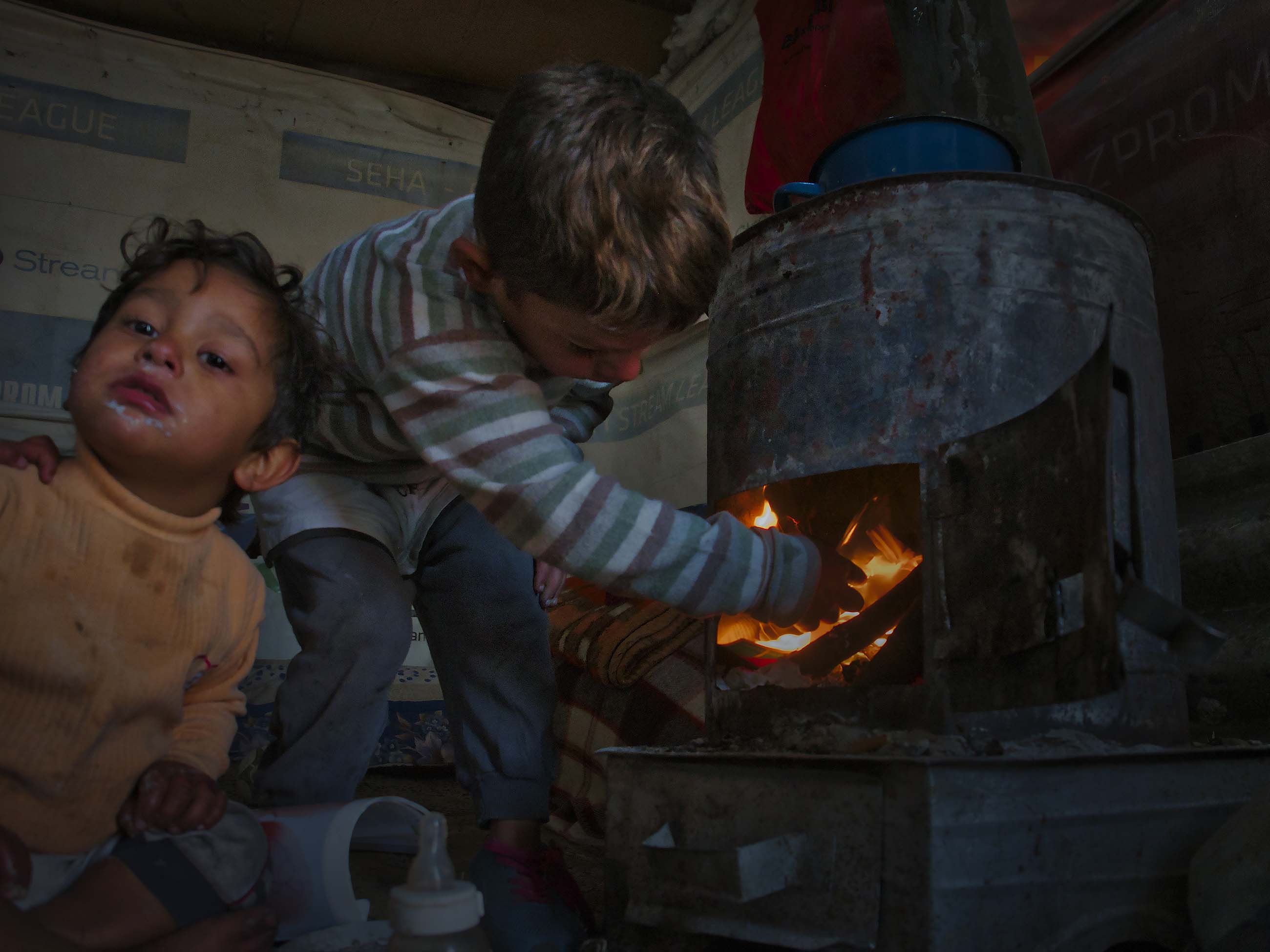
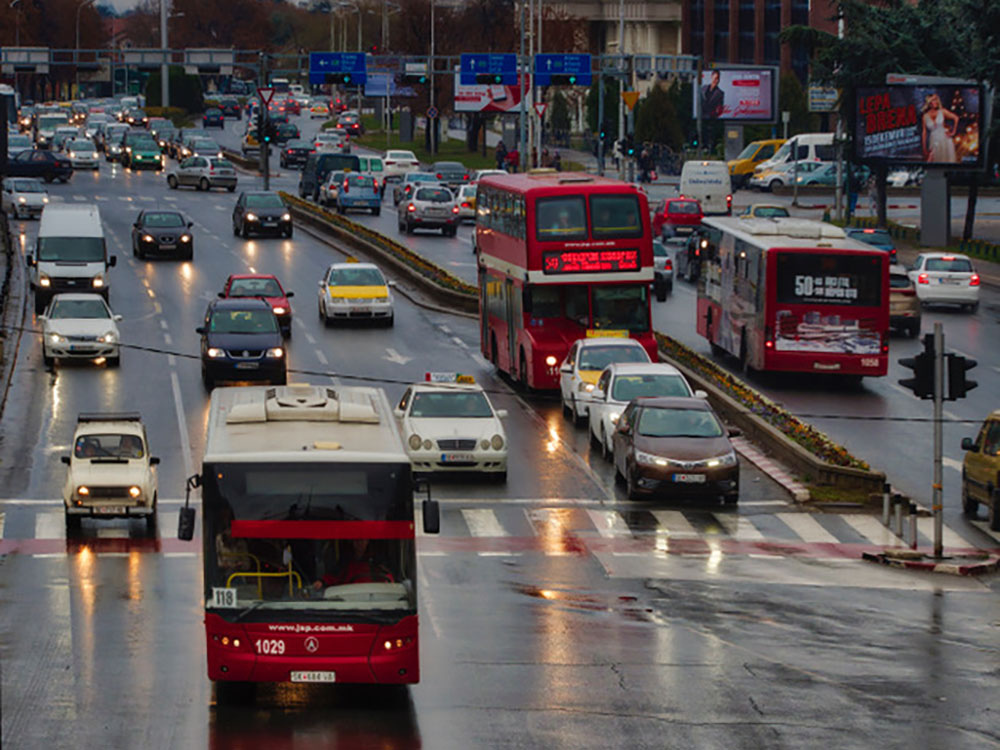
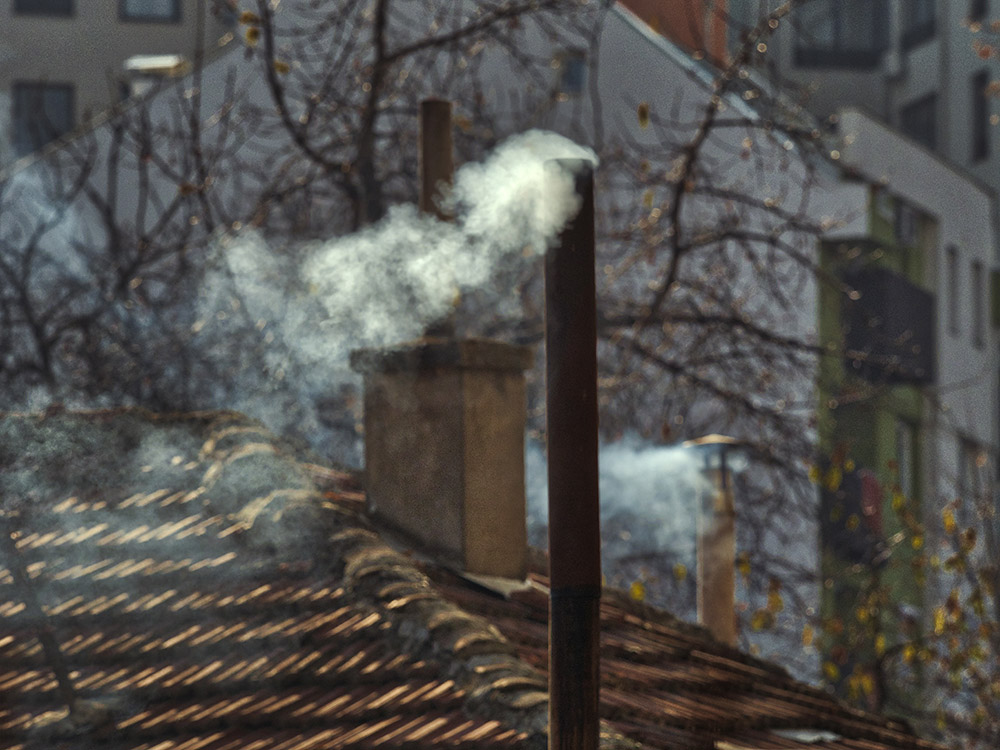
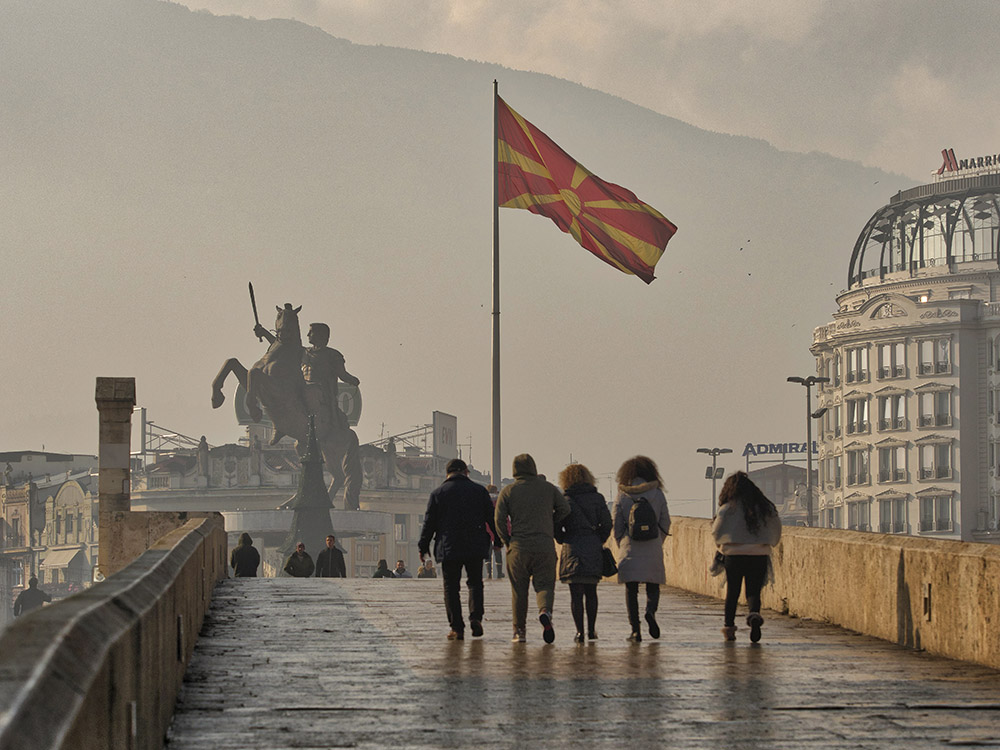
In 1991, Macedonia emerged from the breakup of Yugoslavia with an economy dominated by mining and construction, among other industries, and the largely unregulated, communist-era infrastructure that came with it. Eager to join Europe, the country’s ambitions have been hampered by Greece, which for years has blocked Macedonia’s accession to both the European Union and NATO over its own claim to the regional name “Macedonia.” A deal struck in late 2018 would rechristen the country as “The Republic of North Macedonia,” though the pending change, approved by parliament, continues to divide the country. It also distracts, critics argue, from badly needed reforms to Macedonia’s infrastructure and environmental laws.
At the Elem coal-fired power plant outside of Bitola, roughly 100 miles south of Skopje and just 17 miles from the Greek border, Lupcho Stojanovski, the environmental manager of the plant, explained that the facility has operated without a proper environmental permit for decades. “No one cared,” he said.
That’s starting to change, albeit at what activists say is a snail’s pace. The plant, which provides roughly 70 percent of Macedonia’s electricity by burning a low-quality, highly polluting form of coal known as lignite, is in the process of applying for that environmental permit, which it hopes to secure in coming months, Stojanovski says. By 2026, a new, updated pollution filtration system should also be in place. That would help to avoid periods like those witnessed here earlier this month, when the aging electrostatic filtering system failed and thick clouds of brown smoke churned from one of the plant’s stacks.
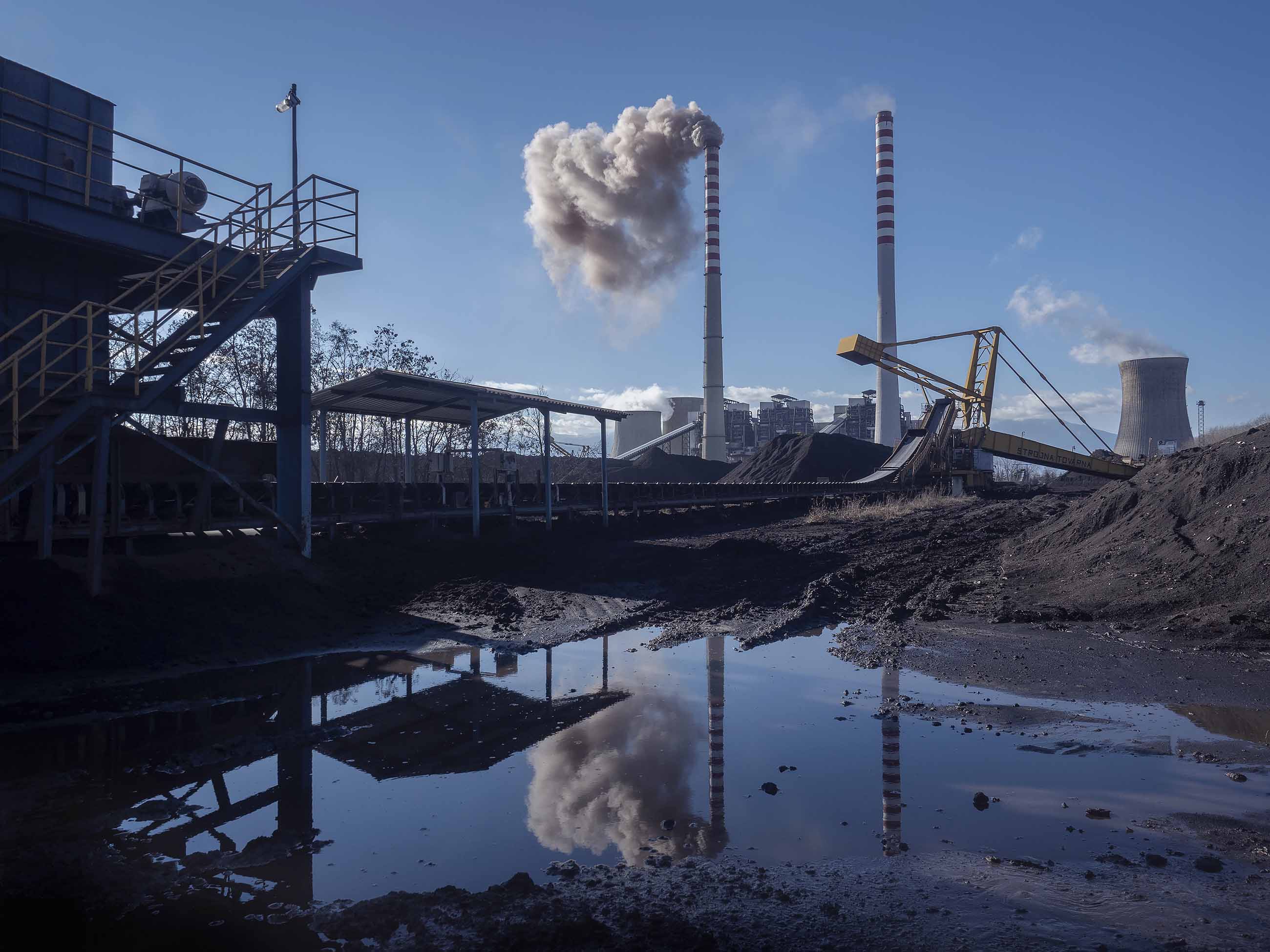
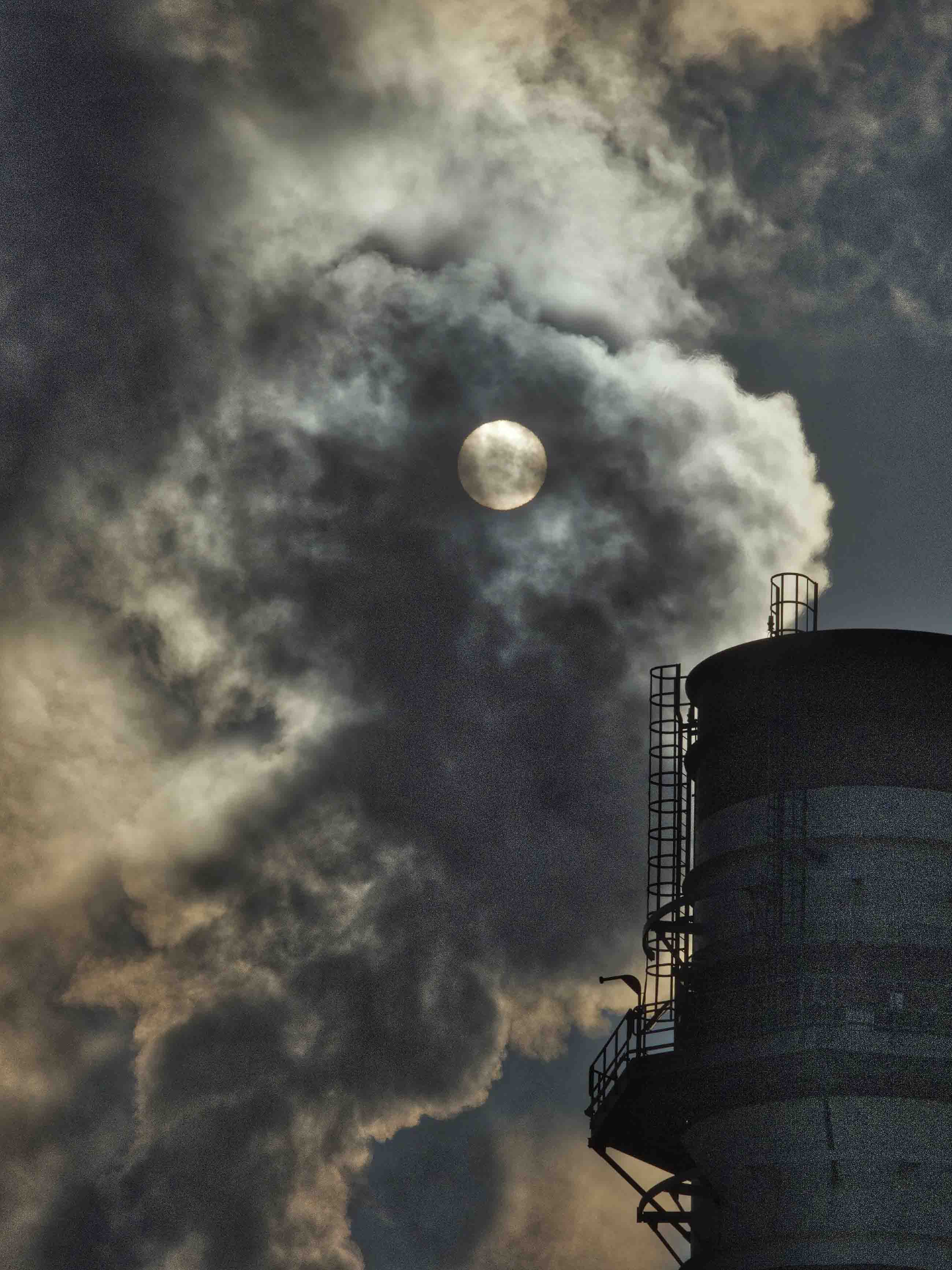
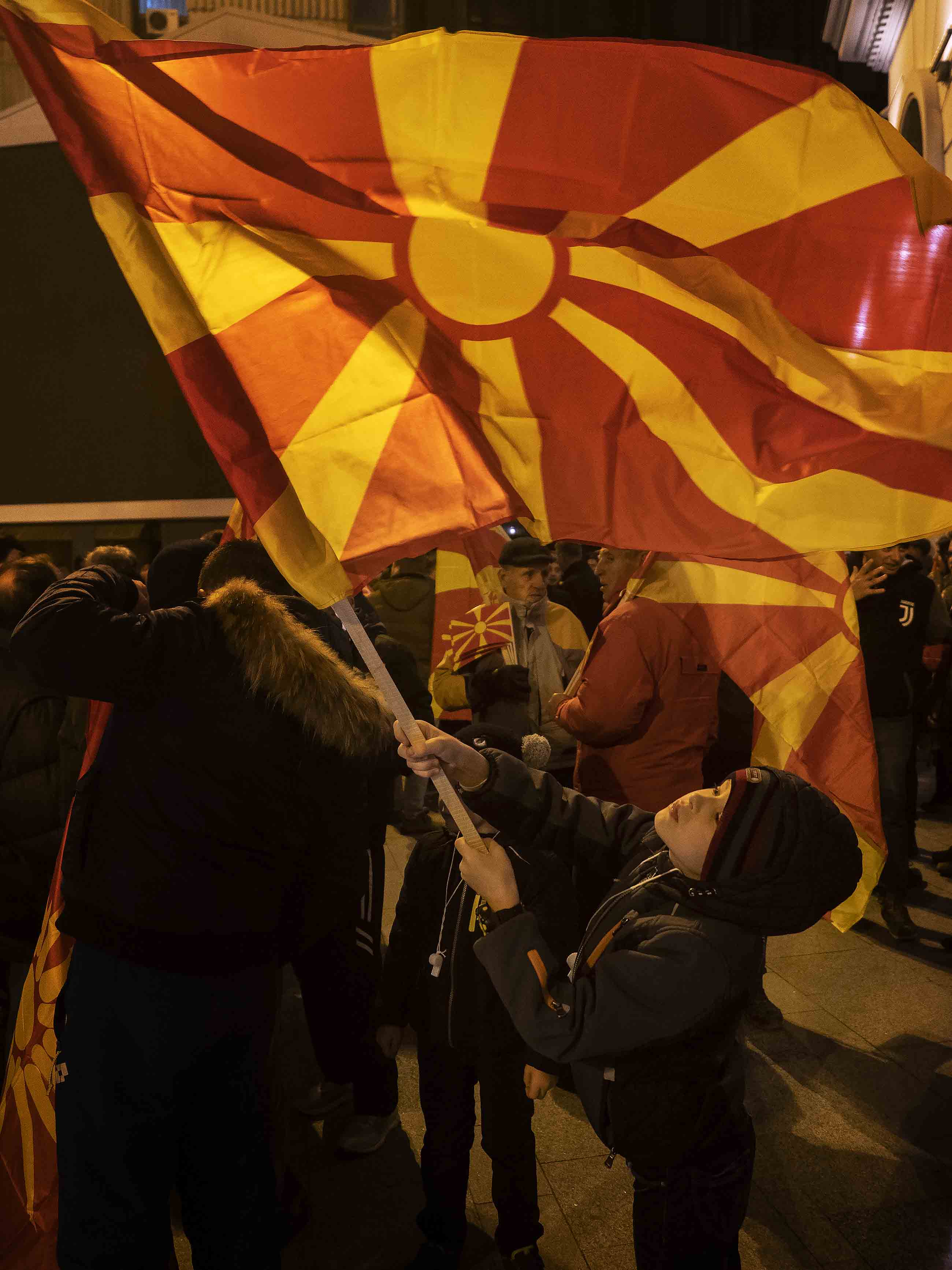
Under earlier governments, Stojanovski said, the Elem facility would have been inaccessible to independent journalists. Today, while photographs inside the plant are highly restricted, the staff happily conducts tours for visitors, including university students and other young, would-be environmental engineers — a discipline that is sorely lacking in Macedonia, Stojanovski said. They even receive a free bus ride and a meal.
“The first step is to be open and face the problem,” he said of the plant’s reputation for polluting, “not push it away.”
The problems are many here. Alongside household burning and growing traffic, another coal plant in Oslomej municipality — while targeted for closure and operating at lowered capacity — still churns out pollution, as do other smaller industries, some of which burn refuse for fuel. In the southeastern village of Kosturino, a family-run operation burns hundreds of discarded tires in open-air kilns to extract calcium oxide, or quicklime, from limestone — later to be sold for making whitewash paint and other uses. Plumes of thick, black smoke rise up from these operations for days at a time, followed by a brief respite to collect more tires, and more limestone, and begin the process anew.
For all of the pollution sources, the country has been slow to quantify the problem. No official census has been done since 2002, which has made accurate assessments of population growth — and the attending rise in air pollution — hard to come by. Air quality monitoring in Macedonia is also a relatively new discipline. There are 18 official monitoring locations, each with varying instruments designed to take readings of different pollutants. This includes fine particulate matter 2.5 micrometers or smaller in diameter, or PM2.5, which is particularly deadly over long periods of exposure. (Skopje’s annual average PM2.5 concentrations often hover above 30 micrograms per cubic meter of air — nearly three times higher than current regulatory limits set by the U.S. Environmental Protection Agency.)
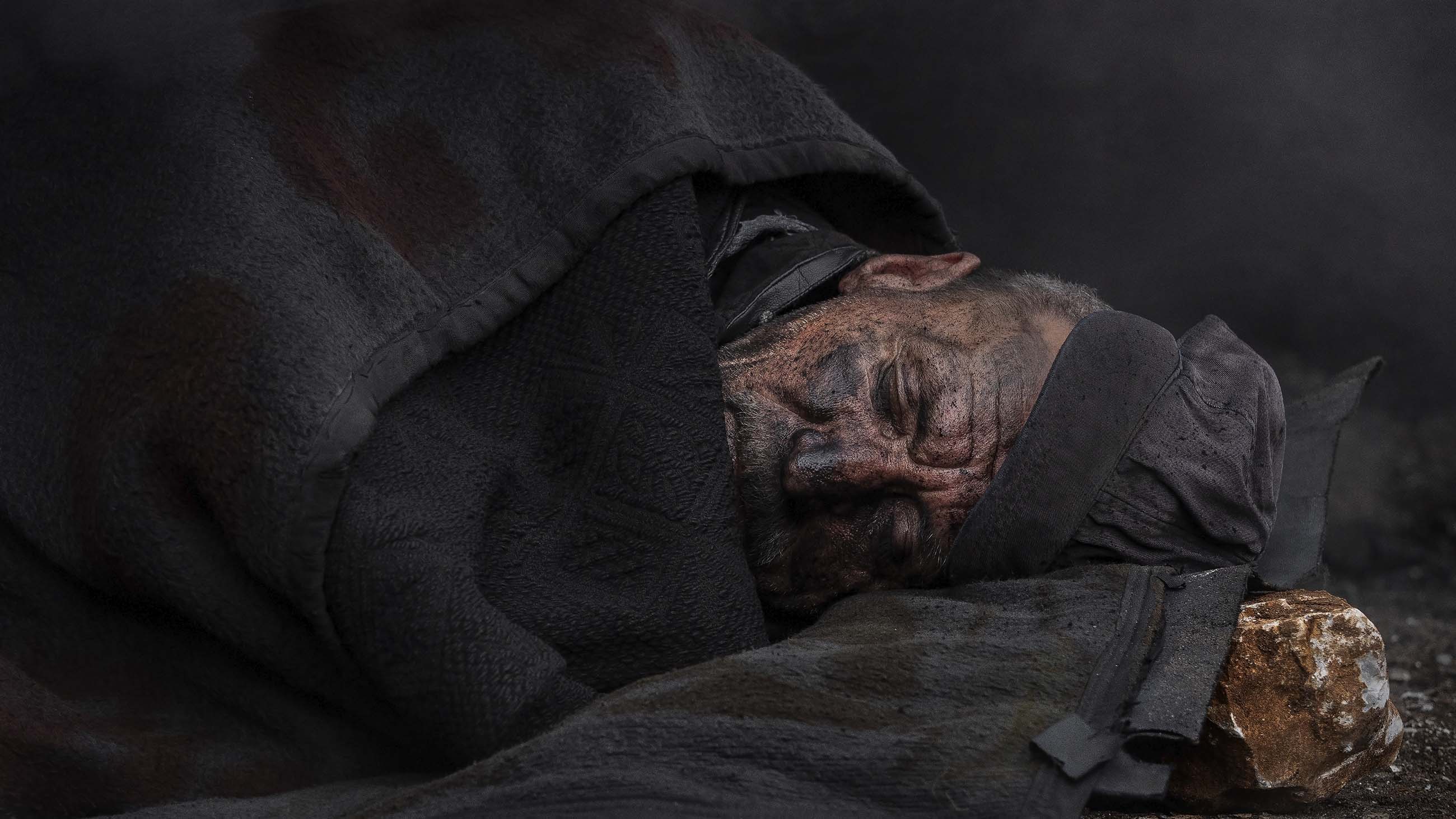
Gorjan Jovanovski, a Macedonian software engineer, released a popular air quality monitoring app in 2014 called MojVozduh or MyAir, which draws directly from public data. Jovanovski says that roughly 25 percent of the monitoring stations have been malfunctioning or down for months — and he suggests that in some cases, this may be deliberate. “If they’re broken and not delivering data, then no one can say what the situation is,” Jovanovski says, “and they don’t have to take any actions.”
Government officials dismiss this as conspiracy-mongering, but few would argue that the winter air here is anything other than stifling. At a monitoring station in the western Skopje district of Karpos, for example, the European Environment Agency reported concentrations of PM2.5 that hovered for days in early December above 100 micrograms per cubic meter of air — a value more than eight times higher than what global health officials consider safe. Exposures to such particulate pollution over many days and weeks can take a real toll. Indeed, a 2015 World Bank report estimated that air pollution is robbing Macedonia, an upper middle-income country trying hard to grow its economy, of 3.2 percent of its annual GDP, or $290 million a year.
Those figures can be traced directly to human illnesses and lost productivity. At a protest in the city of Bitola on December 6, residents called the Elem plant “Macedonia’s Chernobyl.”
“We are here to raise our voice and say that we cannot do it any more like this,” Dragi Zmijanac, a representative of a children’s rights organization Megjashi, told a local television station covering the protest. Some studies have suggested that Macedonia’s reliance on coal power in particular is shaving years off of residents’ lives. “The seriousness of the number of sick children,” he added, “is too high, and not only the central government, but also the local self-government must take urgent measures — short-term and long-term — to save the children.”
VIDEOS: WINTERS OF DISCONTENT The steep mountains and deep valleys of Macedonia provide perfect conditions for trapping pollution during the cold winter months. In the top video: sources of air pollution up close. Below that, scenes of air pollution across the country, from the vantage of a drone.
▲ 360 VIDEO: Click and drag the video above to change your view.
▲ DRONE VIDEO: The big picture of air pollution in Macedonia.
December is the beginning of the busy season at the University Clinic of Pulmonology and Allergy in Skopje, according to Dr. Dejan Dokic, director of the facility. Much of the hospital — another bleak architectural remnant of the former Yugoslavia — is in varying states of disrepair: peeling paint, crumbling concrete stairs, and darkened hallways lined with patients or loved ones.
The pulmonary ward is among the more recently renovated parts of the facility, and beds here fill up so fast with patients suffering from various forms of respiratory distress — allergies, asthma, chronic obstructive pulmonary disease — that many will be left to languish on a waiting list. Ambulances available to rush acute cases of respiratory disease to emergency rooms are also in short supply during the winter months.
“I feel the pollution very much, it bothers me and I can’t breathe,” 55-year-old carpenter Izet Vasovic said as Dokic listened to his lungs. “I can’t walk outside, especially during evening when it is more polluted,” he adds. “I feel like I am isolated and forced to stay at home. This is a disaster.”
Dokic agrees — enough so that he also wears a high-efficiency particulate air, or HEPA mask, on Skopje’s worst days. “All medical staff here tells all the patients, and they warn them to be careful, to carry masks if they go out,” Dokic says — though he adds that nothing can offer full protection.
“They should then carry this mask with a HEPA filter, which protects, you know, from PM particles,” he added. “And that’s it. What else can you do?”
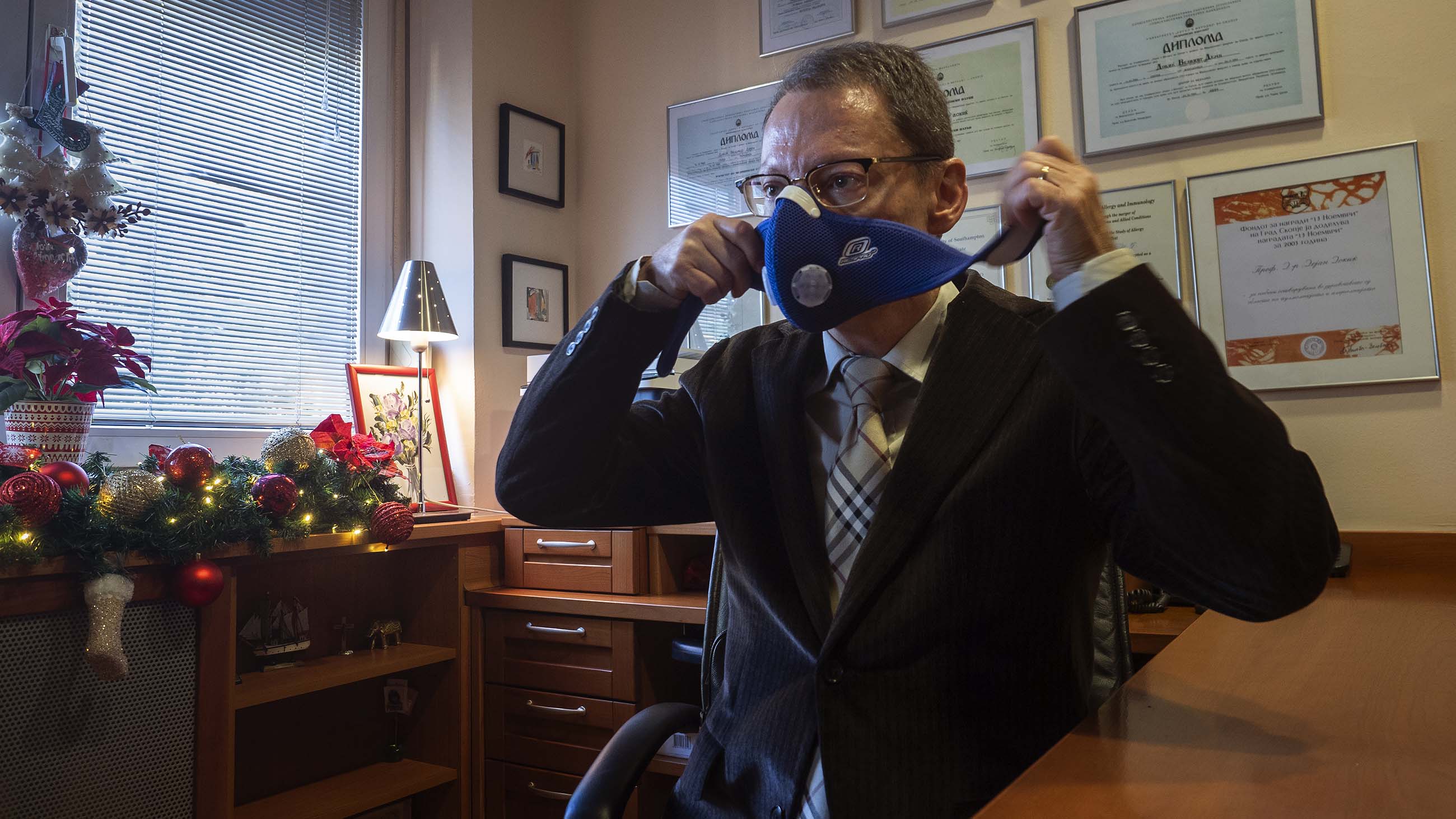
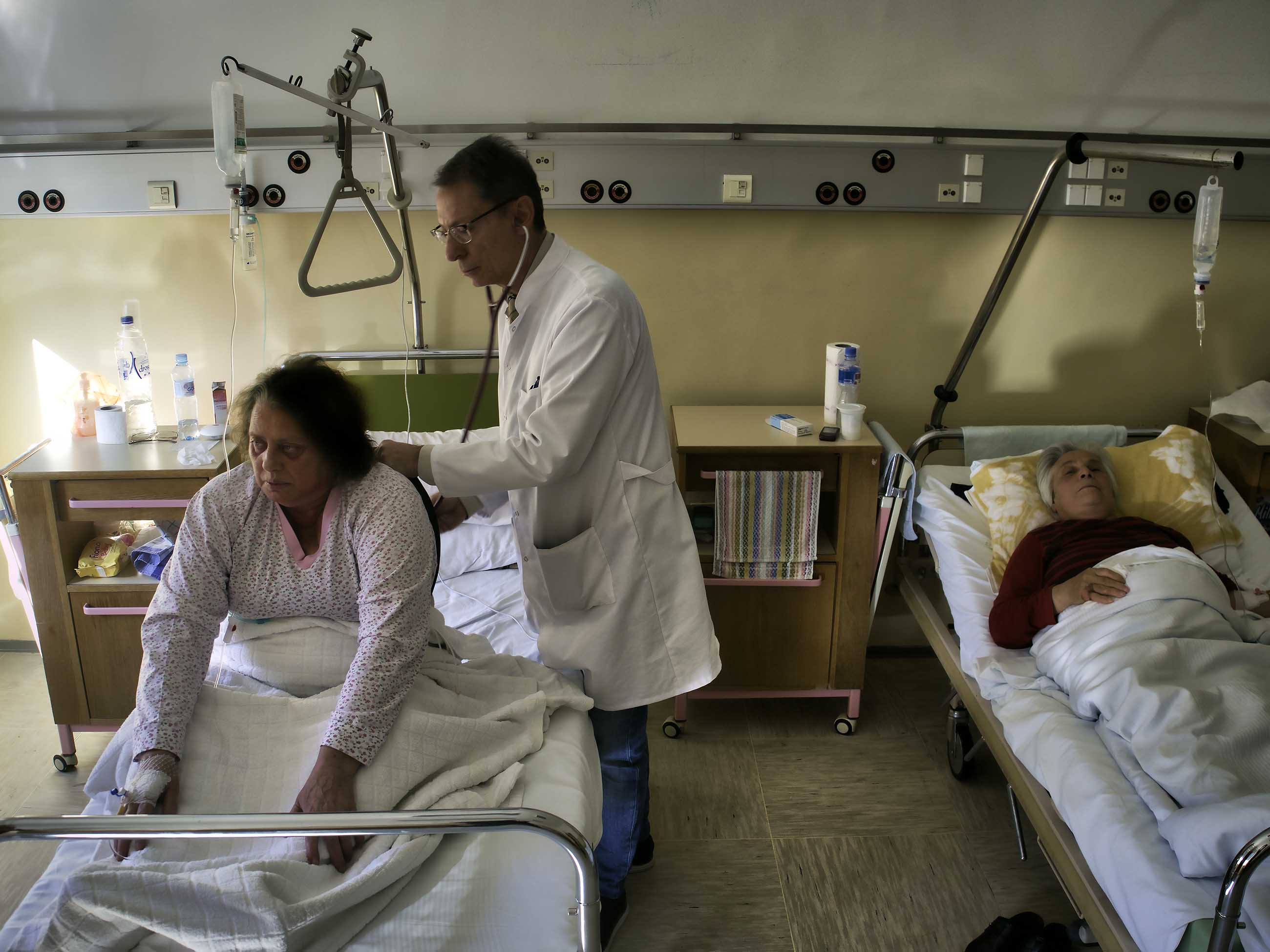
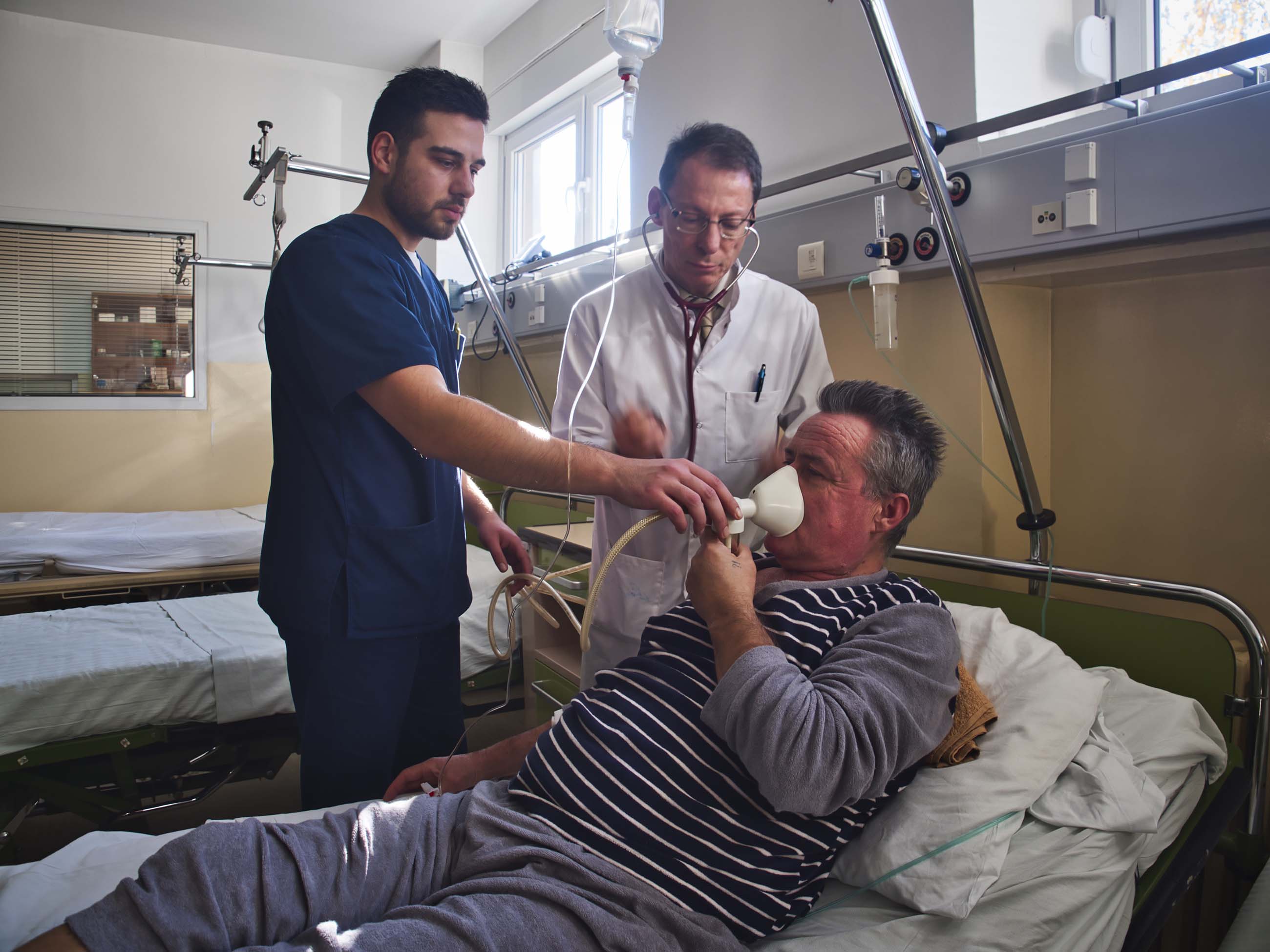
Local activists like Tatjana Cakulev have ready answers to that question. Last year, her organization, called O2, prepared a list of 39 air pollution reform demands and asked candidates running for leadership positions in local Skopje elections to agree to address them. The demands were designed to be specific, like insisting that 3.5 percent of a local district’s budget be allocated for air pollution abatement, so that activists — and the public — would have clear endpoints to track the performance of their elected officials. “That actually gave us something that we can push — we can put the pressure,” Cakulev says, “because we can ask, ‘Ok, how far you are? Where are you with this?’”
According to the app developed by Jovanovski, who incorporated the 39 demands into MyAir for easy tracking, the answer to that question is: Not very far. To date, few of the demands have been fulfilled. “The things I’ve seen them doing are ridiculous,” Jovanovski said of local leaders. “They’re making Winterland in the middle of Skopje, for fuck’s sake,” he added, referring to the installation of an expansive, $340,000, holiday-themed entertainment and shopping village in the city center. It includes an ice-skating rink and a snow machine. “You have all this pollution choking people, and you spend your money on Winterland?”
KILLING SEASONS Weather is fate in Skopje. In the winter months, warm air presses colder, polluted air closer to the ground — and when wind or rain don’t sweep it away, that pollution stays put, wafting through every corridor of the city. Below, a snapshot of PM2.5 data for Skopje, from spring 2017 to mid-summer 2018.
INTERACTIVE CHART Click, drag, or resize the box at the bottom of the chart above to zoom in or out on the data, and to change the timespan covered. Hover over individual data points to see the average one-hour PM2.5 levels at that date and time. (Note: Gaps in data indicate that no reading was taken.)
The perceived lack of action has prompted activists to take to the streets with hand-held pollution monitors. In early December, they reported PM2.5 readings higher than 500 micrograms per cubic meter in the Aerodrom district — one of the most polluted sections of Skopje and home to 200,000 inhabitants. They have also decried the central government’s pledge to devote $1.8 million of next year’s budget to fighting pollution as absurdly low.
The deputy environment minister for Macedonia, Jani Makraduli, acknowledges the criticisms, but says that turning things around will take much more money — and time. He pointed to several new measures that his ministry is planning to implement in 2019. The biggest target, he said, will be the half of Skopje households — most of them poor — that are not connected to the central heating system. Such households, which burn wood, coal, and even textiles and trash to generate heat through the cold winters, Makraduli said, account for more than 40 percent of the country’s pollution problem, particularly in fast-growing Skopje. Vehicle exhaust and industry are the second and third biggest polluters, Makraduli said, and he pointed to several studies that supported this breakdown. Contrary to the suspicions of many residents, he added, big industry, including the Titan cement works in the Kisela Voda district of the city, are not big polluters.
Many people in Skopje are skeptical of such assertions, though skepticism of the government is something of a national pastime here. Makraduli, meanwhile, says he welcomes the complaints of environmental groups and he appears genuine in wanting to tackle a problem that has mostly been ignored by past governments. But he was also, in turns, combative, characterizing Jovanovski’s MyAir app, for example, as both misleading and “illegal” in its use of government data; the claim that some monitoring stations are deliberately offline was untrue, he said; the hand-held monitors of activists are low-budget, made-in-China devices, not precise scientific instruments; and of the residents who swear that, in the dark of night, Skopje’s cement plant belches noxious smoke directly into the air? They are simply confused.
“There is also a story that the Earth is flat,” Makraduli said, adding later: “I can take measures only based on science.”
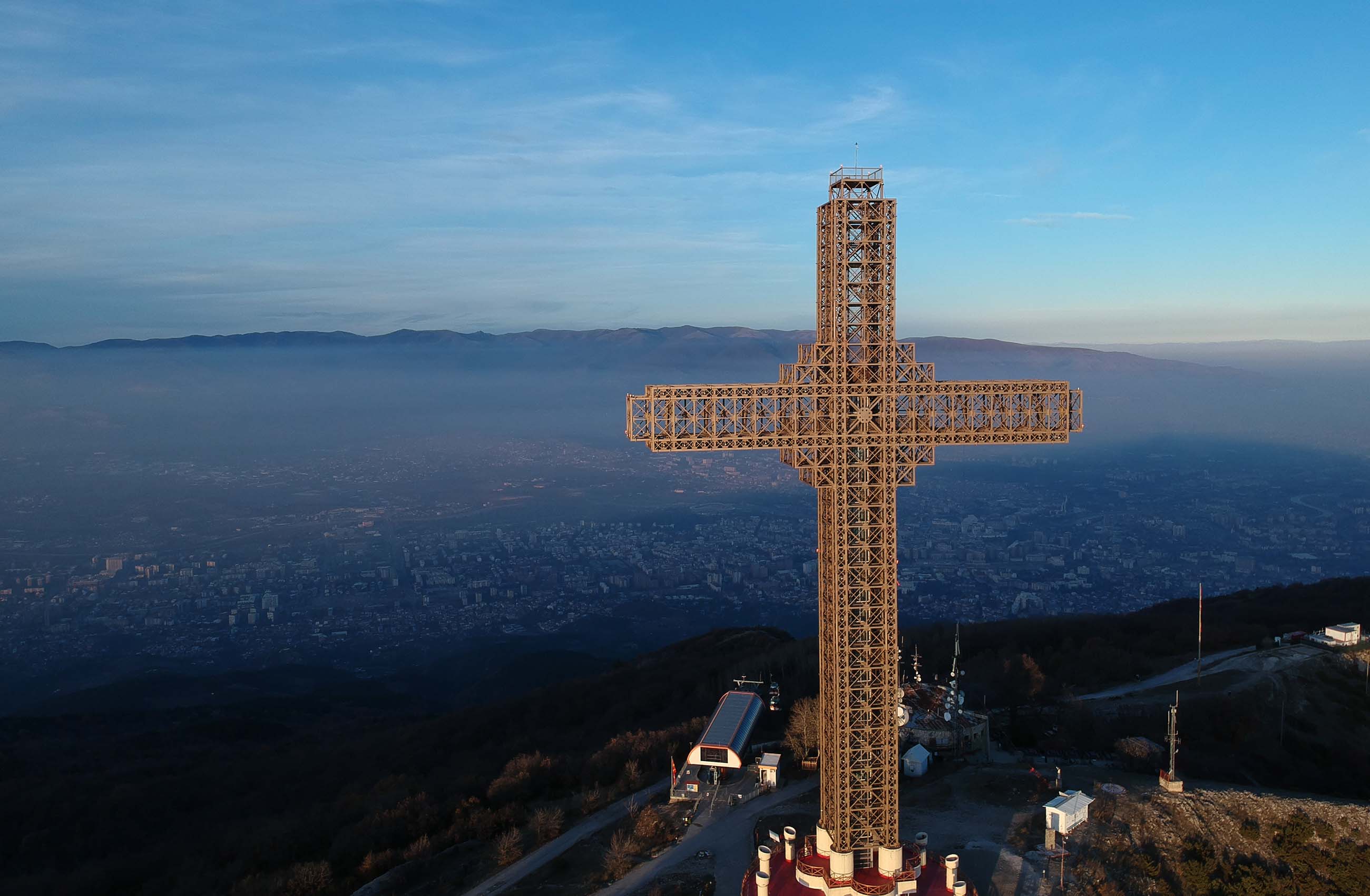
For his part, Dragan Gjorgjev, the health policy adviser, longs for a Macedonia that keeps its eye on the big picture. Every polluting sector matters, he says, because people are dying. Somewhere between 60 to 80 percent of those Macedonians who die from air pollution-related illnesses could have an extended life if the country brought particulate levels down to within E.U. or WHO standards, he said. Of the people who have already died, Gjorgjev offered a preliminary statistic: They could have lived 20 to 30 years longer, he said, if they were not exposed to air pollution.
That’s sobering news, but not much will change, Gjorgjev adds, until every Macedonian decides that it matters. To make his point, Gjorgjev shares the experience of a recently departed colleague.
“She was a lady from Finland working with us here for seven years, and her daughter has asthmatic attacks very frequently in Skopje,” he recalls. Those attacks ended quickly after the family moved away, Gjorgjev says, adding that when that colleague returned to Skopje for a visit a few weeks ago, she had uplifting news: “My daughter,” she said, “is living a new life.”
Tom Zeller Jr., a former New York Times staff writer and editor, is the editor in chief of Undark magazine. Jasmina Mironski was a Balkans correspondent for Agence-France Presse from 1991 to 2018, and a long-time contributor to Macedonian National Radio. She is currently a media trainer in Skopje.
Additional reporting for this story was provided by Larry C. Price and Sasko Golov.
READ THE COMPLETE SERIES
India, Bangladesh, China, Nigeria, Chile, United States, Macedonia


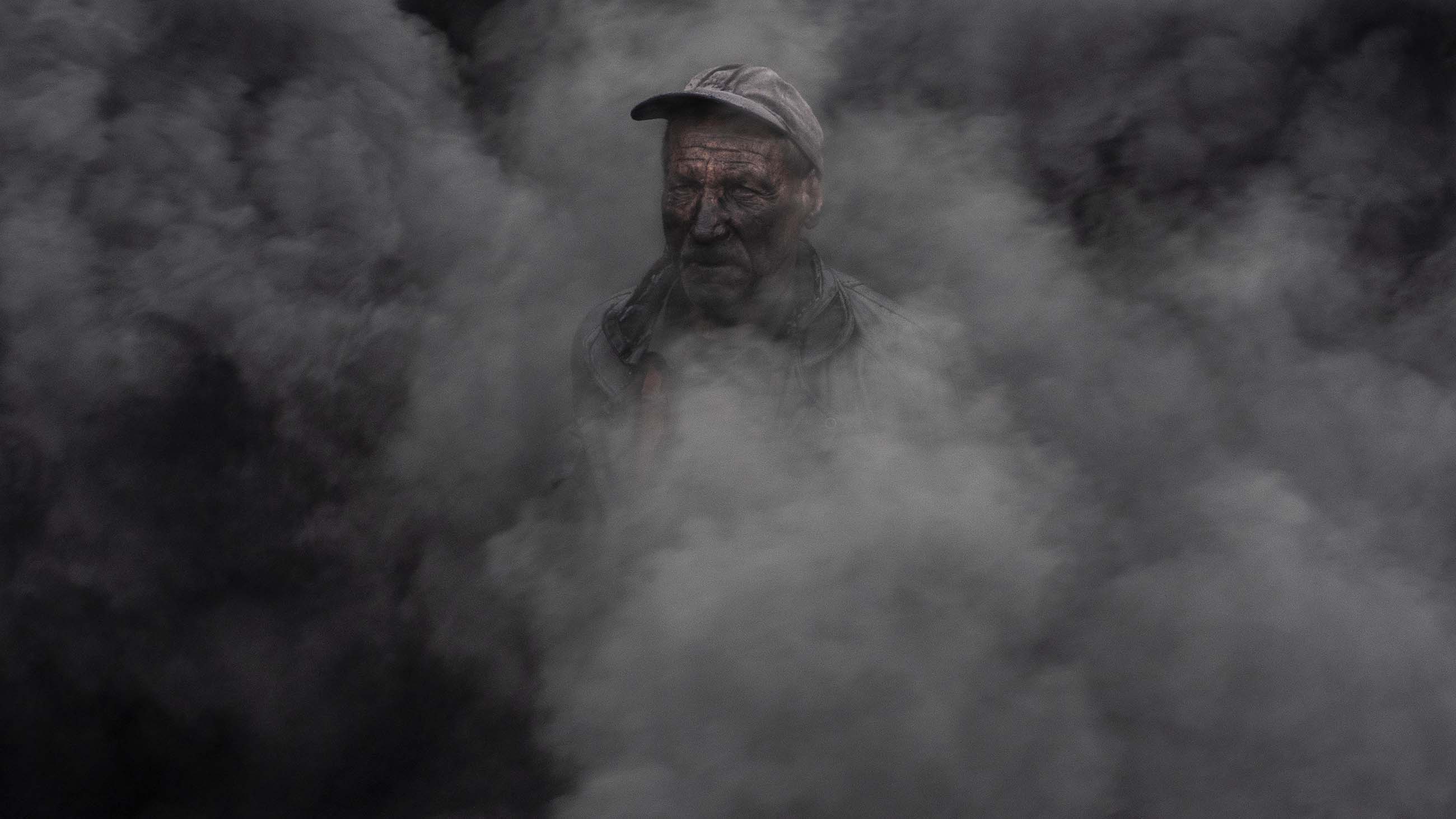
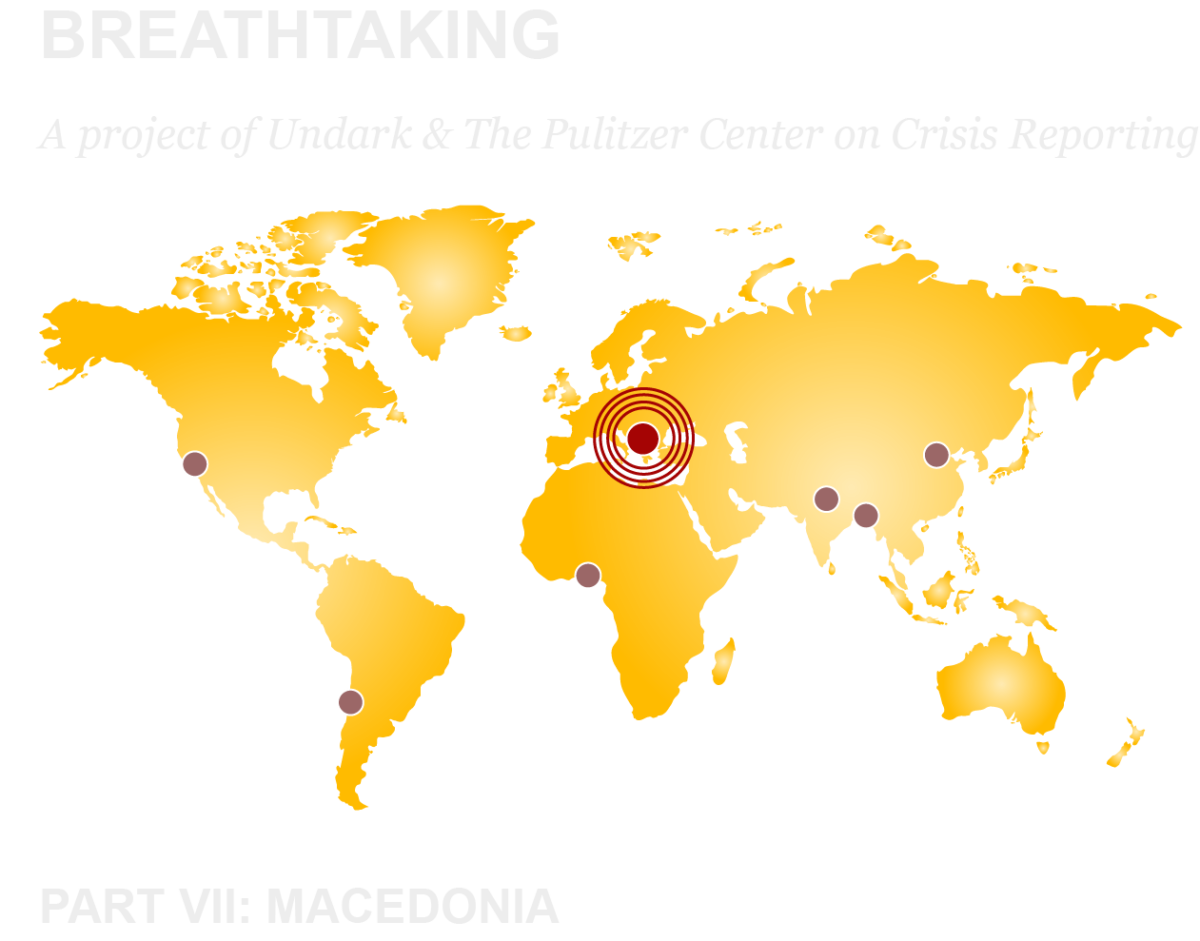
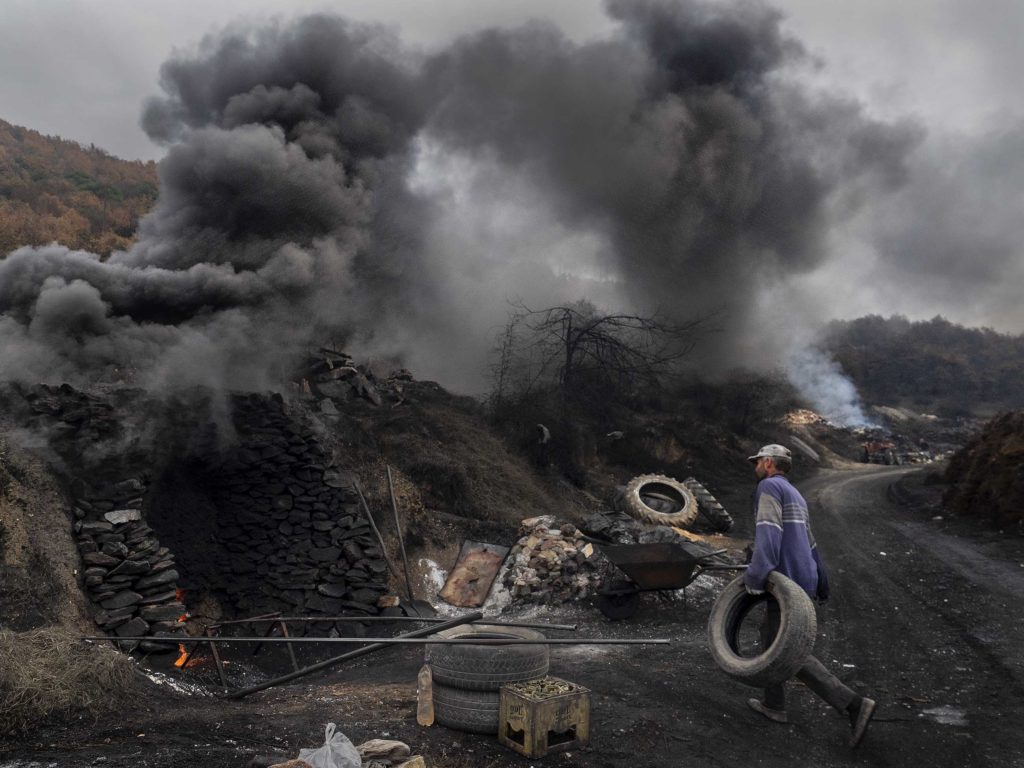
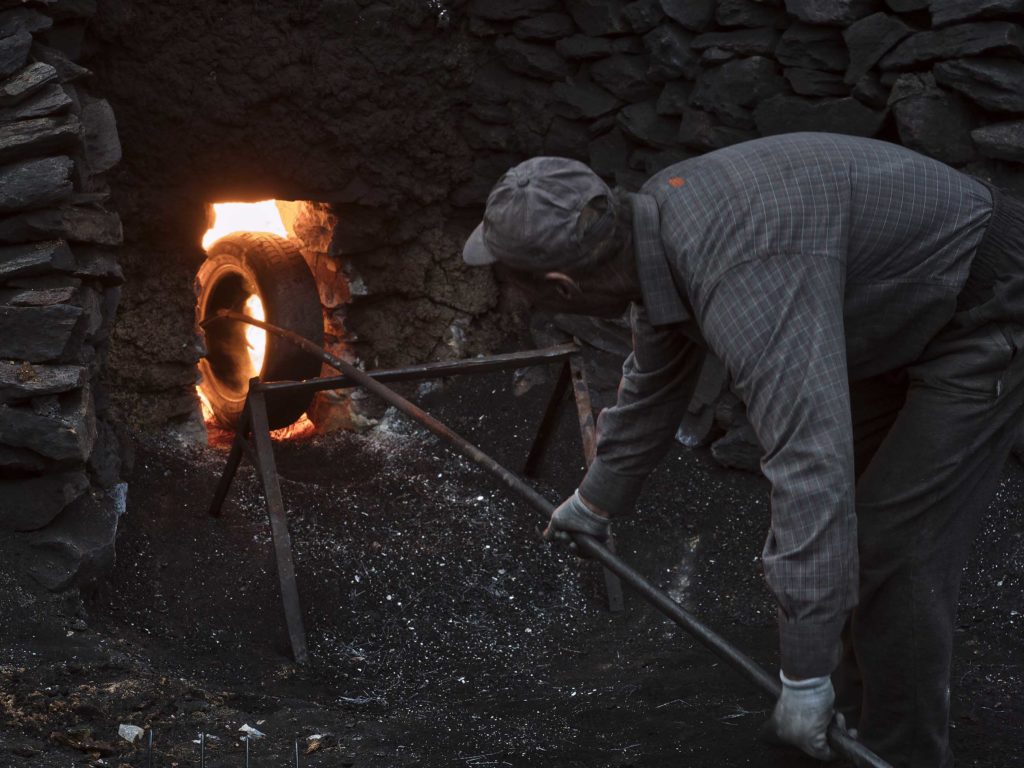
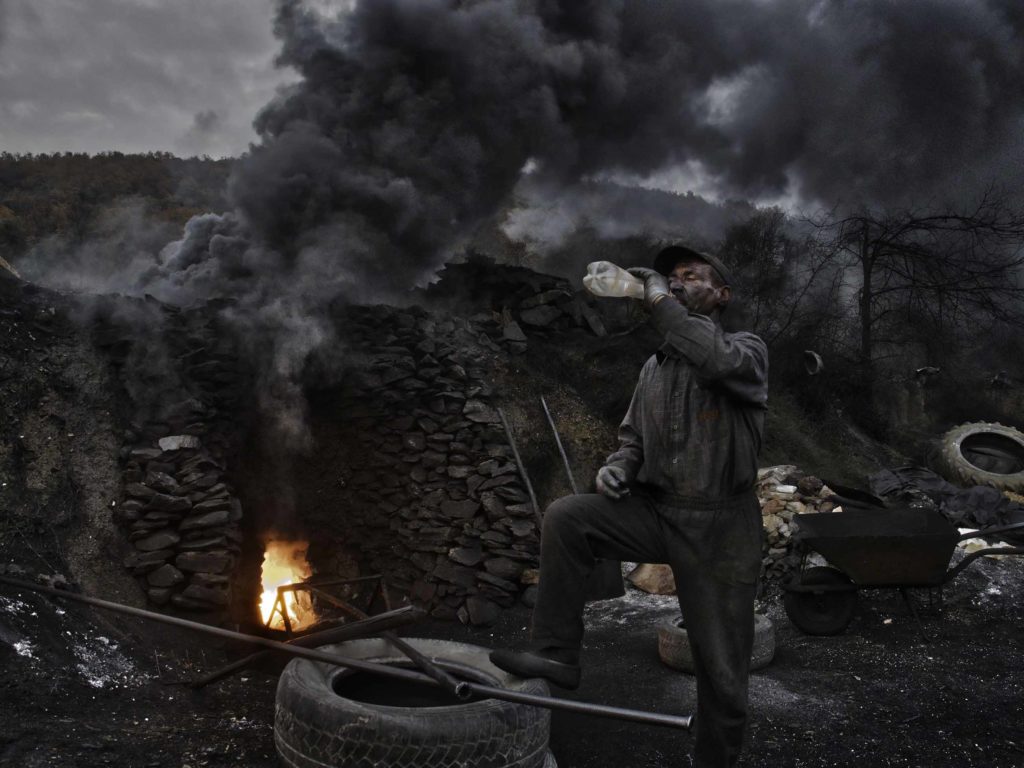
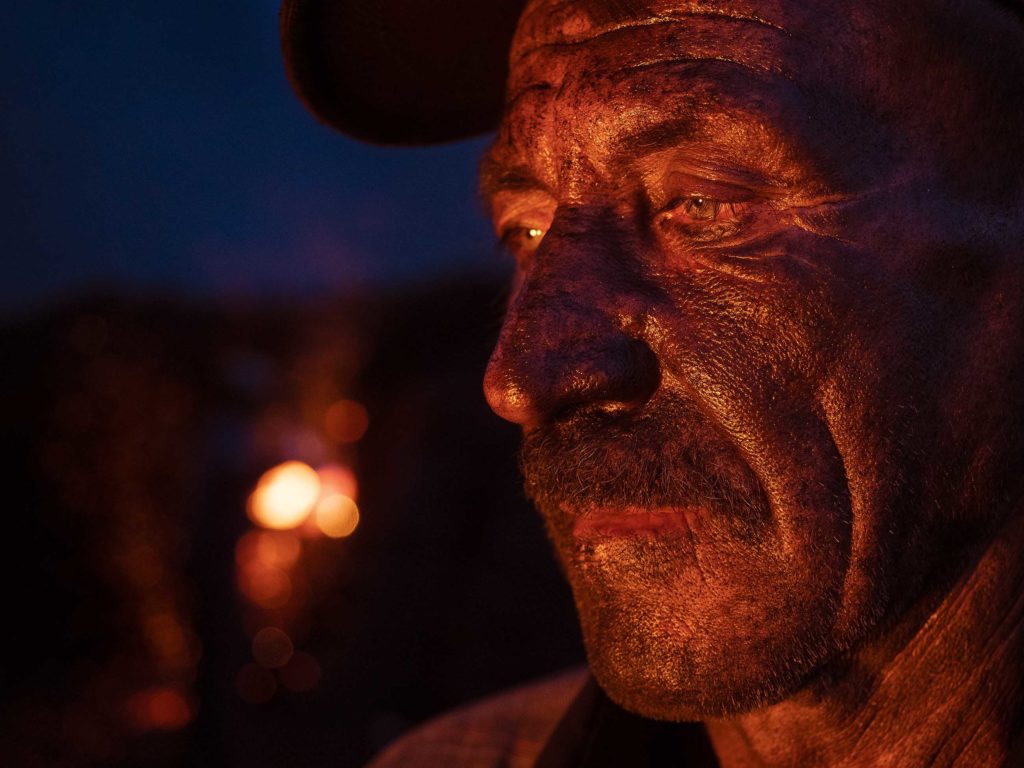
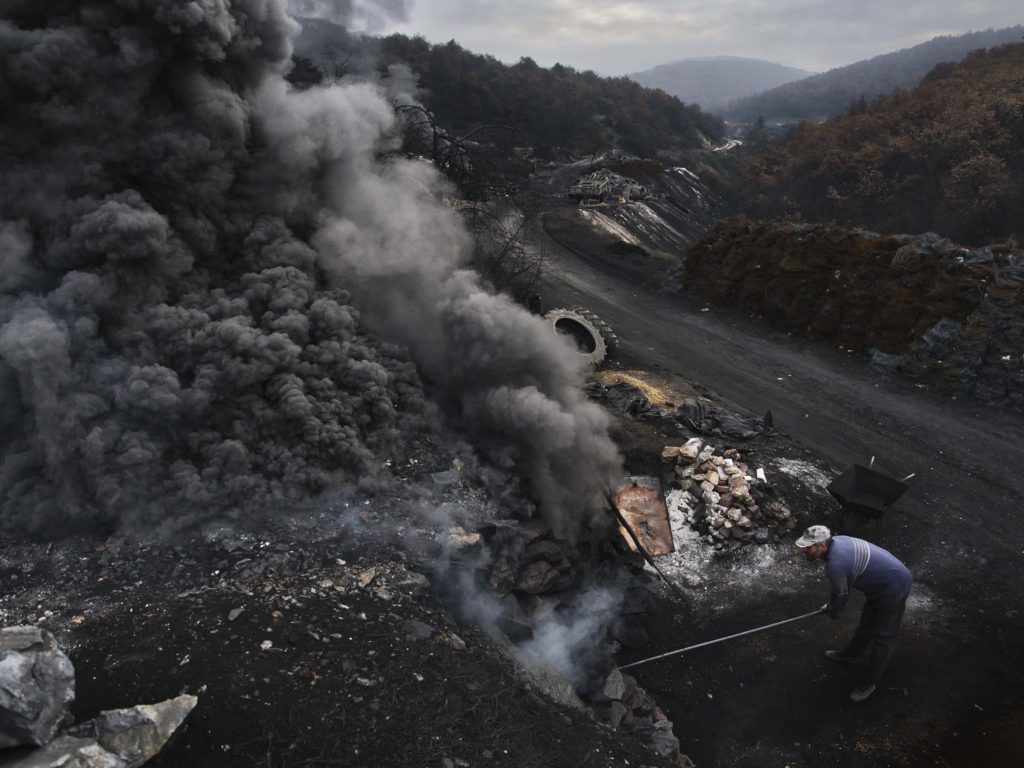
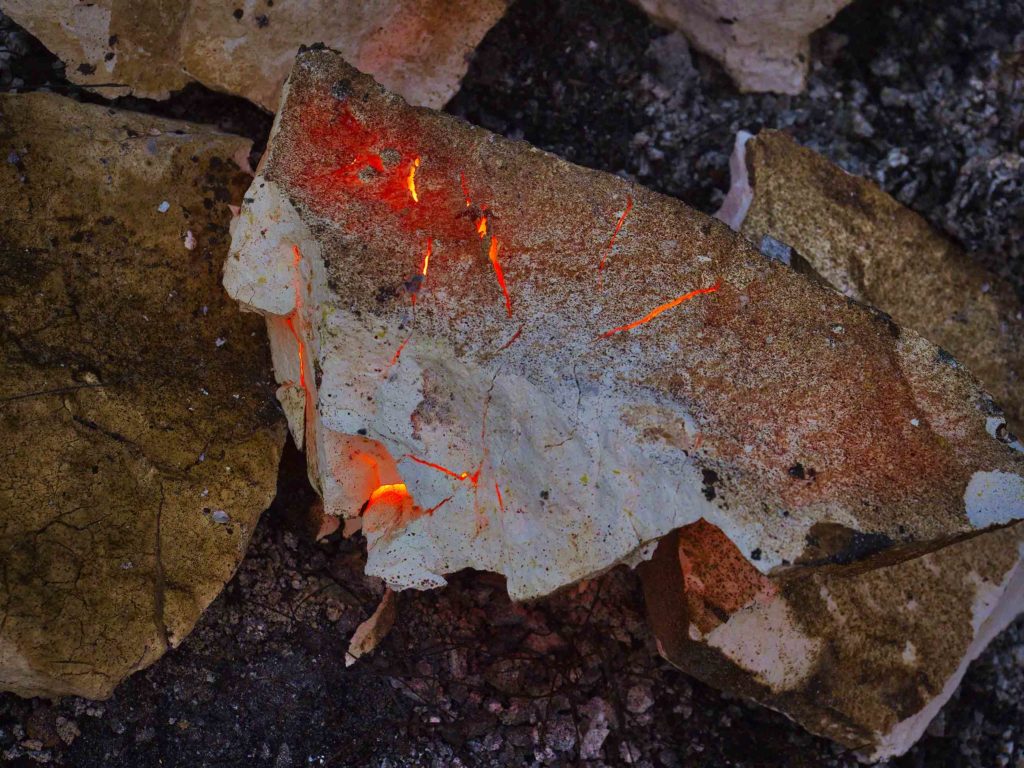
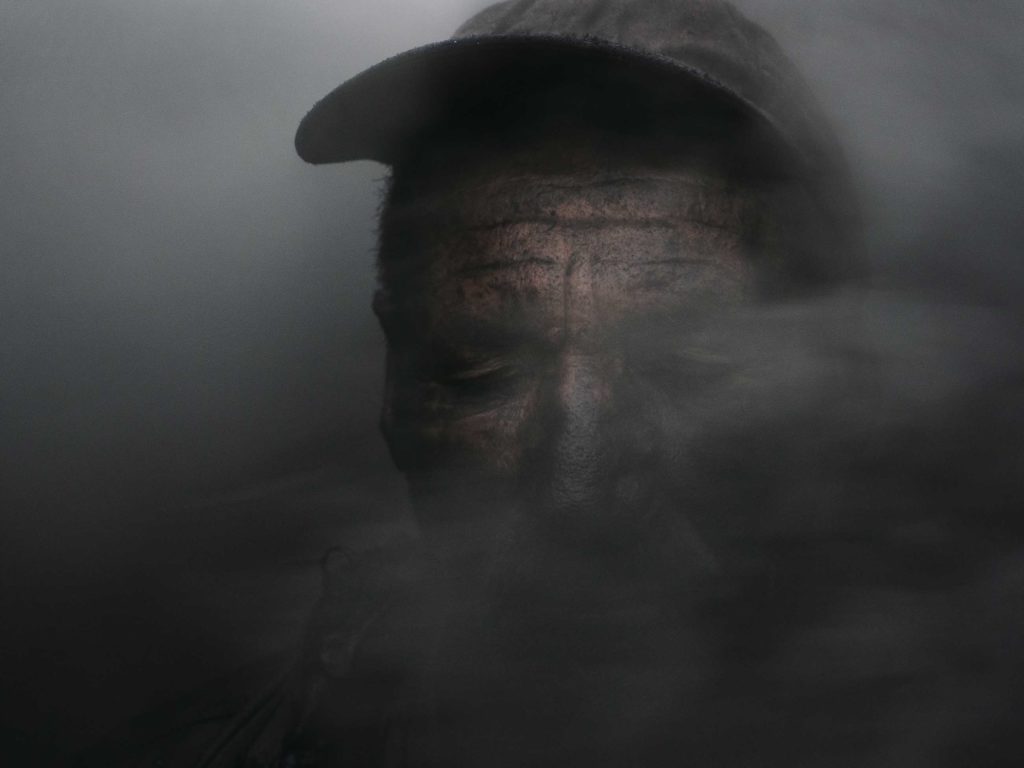
Comments are automatically closed one year after article publication. Archived comments are below.
I think, here is an interesting idea. According to their study, ethical lapses are caused by air pollution. But whether it is correct to compare people’s health with morality? I’m not sure…It’s interesting to read their not published study about elevated levels of pollution compared to crime rates on the same days in LA and Chicago. By the way, similar research was conducted by the researchers from London School of Economics who discovered that the crime rate in London is 8.4 per cent higher on the most polluted day. Everyone knows that ozone can cause asthma attacks as well as lead to lung diseases, but I can’t see its connection with morality. However, if the study is correct, such organizations as EPA should work in this direction. Like it was stated in the report https://complexminds.net/2019/04/15/air-pollution/
, nowadays they help states to meet standards for common pollutants with the help of issuing federal emissions standards and policy guidance for state implementation plans.
Sure we are Macedonians. Like you are Greeks, we are Macedonians. End of story.
Very interesting Greek documentary led by Greek historians (not politicians) who claim that today’s Greece has nothing to do with ancient Hellas, and
that the they all spoke Albanian before the Bavarians came and restructured them in Greece today’s image.
This Macedonian campaign is a shame, it’s cultural theft. This is taken from a country that has the largest global heritage that a country has to offer.
Let us learn that historically, ethnically and racially Skopje has nothing to do with the ancient Macedonians who were part of ancient Greece.
The tombs of Macedonian kinds are engraved in ancient Greek and the coins used from Macedonia contained Greek characters.
Please correct this!
Thank you
Tommy Rinis
The poorest country in Europe with the richest nationalist mentality that fantasizes about lost homelands, genocides, minorities etc. A puppet Soros state infested by pollution, crime and extreme poverty that is too busy singing izlezi momce. Dream on !
Great journalistic work.
Only with pressure through activism and the media we can motivate the public officials to move their fingers and do something about this.
Here is an economic and game theoretic analysis that I have done regarding this situation in Republic of Macedonia:
https://www.facebook.com/notes/petre-laskov/air-pollution-in-macedonia-facing-the-inevitable-tragedy-of-the-commons/961141570709208/
Oh Really Mr Wake Up, are you awake or just a provocateur. This is about air pollution and you from Greece are not better also, so you think you breath clean air just a few kilometers from the Macedonians, and you think you don’t pollute. This is main Balkan issue, and you people don’t understand what you are doing to earth. About your name dispute it is really a joke, let the people name themselves as they want and as they are by their grandfathers. Who are you for this last 20 years to say that some name belongs to you. Where were you before? Can you be a donkey or a cow? The donkey is great but you don’t know yet, and people worship the cow in India you know.
There appears to be a myth that Greeks were able to talk about other subjects than “Fyromians are not Macedonians, aaaaarghhh”. Hasn’t been proven true yet.
Come on man! This is about air pollution, not politics. Who cares about Alexander or Hellenistic period when you breathе pure cancer. And the power plant that pollutes the most is only 15 km from Greek border. Does not this make you concerned?
Sadly the two comments are political- recommending them to read history by other authors thsn greek.
Regarding the subject -pollution I am glad that you raised this problem, explaining msny factors which caused the slarmatic situation, calling for solution. I think that there are 2 more big factors to the polution: 1. some people transport in garbrage of different kind from other countries for big money to destroy it in Macedonia and 2 NATO planes left some toxic/radioactive spares in artifical lakes in Macedonia durinh bombing Sertbia. Maybe you can investigate these two subjects.
They’re not Macedonians and they’ll never be. They keep trying to steal the history from another country just to feel better for their own country, but everyone knows the truth. Stop calling them Macedonians, they’re just Yugoslavians.
This website claims “truth, beauty, science”… then glosses over that the country it claim as “Macedonia” is NOT Macedonia? Macedonia, as in the homeland of Alexander, is squarely located in Greece not Skopje.. the homeland of the ancient Paeonians..
The so-called “region of Macedonia” is fiction of words. It’s like claim the region of Mexico because New Mexico and Mexico use Mexico in their name.
Now that half the former Yugoslavians bizarrely attempt to frame themselves founders of the Hellenistic period. it’s unfortunate that many alleged journalists appear to be trying to hide their national mistake of calling the obvious frauds in Skopje “Macedonians”. This is like claiming Hamas are the original Israelities.